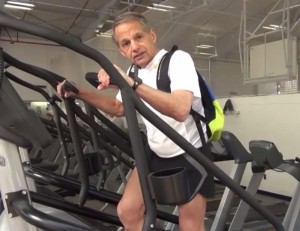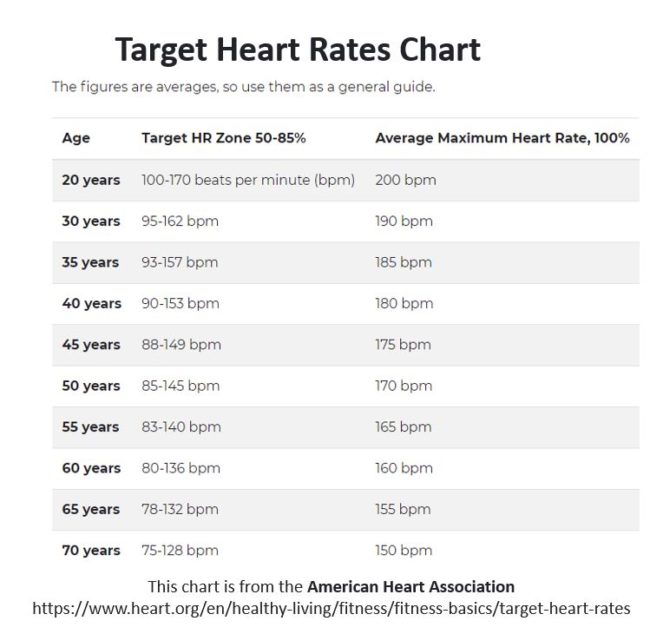Participating in Sports and Exercise at any Age
 August 2021 – In my recent book, Square One: A Simple Guide to a Balanced Life, I discuss the numerous benefits of exercise. Particularly I focus on the mental/emotional and health benefits that exercising regularly can provide. For me exercise helped to bring me out of a deep depression, improved my focus to resume neurosurgery, lose excessive weight and ultimately allowed me to compete on in Ironman(R) triathlons. Granted this required a lot of hard work, training, sacrifice and time, but for me it has been well worth it. The bottom-line is not everyone needs to train as if they will become a triathlete. But there are so many benefits to exercise and sport participation that, no matter what your age or prior training, you should consider it. As the sporting goods company, Nike(TM) advertisement says, “Just Do It”.
August 2021 – In my recent book, Square One: A Simple Guide to a Balanced Life, I discuss the numerous benefits of exercise. Particularly I focus on the mental/emotional and health benefits that exercising regularly can provide. For me exercise helped to bring me out of a deep depression, improved my focus to resume neurosurgery, lose excessive weight and ultimately allowed me to compete on in Ironman(R) triathlons. Granted this required a lot of hard work, training, sacrifice and time, but for me it has been well worth it. The bottom-line is not everyone needs to train as if they will become a triathlete. But there are so many benefits to exercise and sport participation that, no matter what your age or prior training, you should consider it. As the sporting goods company, Nike(TM) advertisement says, “Just Do It”.
Here are some tips on how to prepare and participate in physical activity on a regular basis.
Preparation – Exercise and physical activity associated with sports participation, or exercising for your own health can have tremendous benefits for the human body. Exercise has been shown to help maintain a healthy body weight, reduce stress, increase self-esteem and feelings of wellbeing, control blood pressure, and prevent heart disease and diabetes. But the lack of preparation, over participation, unsafe practices and poor techniques can lead some to temporary or even lifelong pain and disability. Can we find a safe balance?
Things your need to know before exercise or sport participation:
- Get a Physical Exam – See you healthcare provider for a medical evaluation and let them know your intentions. If you have any underlying health conditions, take medications or have had surgery your physician needs to know the about of physical stress you intend to do. In some cases this may require blood work or even a stress test. You physician may place some limits on you as well, specifically as it relates to heart rate. The American Heart Assoc. has standard target heart rate recommendations that your doctor may recommend. (see below)

2.Research what you are about to do to in order to prevent injury – Injury prevention is the key to healthy long-term participation in sports or exercise and this requires education by the athlete or exerciser to learn how to minimize possible risks and maximize the intended benefits. This may mean help from a friend who already participating, getting a coach or self -learning.
3. Warm Up – Every workout should begin with a warm-up. It prepares the body for exercise by increasing heart rate and improving blood flow to muscles which can prevent injury. Warm-up should at least 5-10 minutes of reduced cardiovascular exercise that helps you break a sweat. Then try movements that mimic what the rest of your workout.
4. Stretch – Once your muscles are warmed-up they can be stretched. Try static stretches by holding a position for 10-30 secs and dynamic stretches using range of motion. Stretches help the muscles, joints, and tendons loosen move similar to the type of exercise or sport you will be doing.
5. Start Slow – Start slow to avoid injury, excessive muscle soreness and tightness or excessive fatigue Slowly increase the amount and intensity of the workout. About a 5% increase as the exercise fatigue plateaus. Stop it you feel pain, excessive shortness or breath or racing heart rate. If you are getting too sore after exercise, lower the intensity or frequency of the workouts.
6. Cool Down – Allow time for your heart rate, and muscles back to their resting state. Generally, 5-10 minutes of decreased cardiovascular activity, followed by stretching works well.
Special Considerations if you are Older or have a Mobility Problem and Want to Exercise
Numerous studies have found that physical activity was the number one contributor to longevity, by adding extra years to your life. No matter your age or physical condition, it’s never too late to start exercising and get fit. As mentioned in the preparation section above, getting medical clearance is critical to set goals and limits of exercise if you have a health issue. Fear is one of the biggest reason people don’t exercise regularly when they get older. It may be due to worrying about underlying health problems, too much weight or causing pain, or increased fall risk.
There are 4 main areas older adults should focus on as their goals for health improvements:
Improve Balance
Work on ways to improve your balance, posture, and the quality of your walking. This will help reduce your risk of falling or fear of falls.
Increase Cardiovascular Function
Try exercises that use you legs over a period of time. These could include walking, stair climbing, swimming, hiking, cycling, rowing, tennis, and dancing that get your heart pumping.
Strength Training
Build up muscle with repetitive motion using weight or resistance. These include free weights and weight machines, elastic bands, or your own body weight as resistance. An added benefit is weight training can also strengthen bones and reduce fall fracture risk.
Flexibility
Stretching movements improve your ability to move joints more freely to improve range of motion. We have already discussed above they typical types of stretching, but Yoga is also an excellent means of improving flexibility.
Summary – I can not image my life without being able to exercise. I find it is the highlight of my day to go outside into nature and enjoy a brisk walk/jog. Being physically active takes a certain dedication but the lifelong rewards are tremendous. I have encourage hundreds if not thousands of my patients, colleagues, friends and family start exercising as a way to avoid illness, and improve mental health and physical conditioning. Please make today the day you JUST DO IT!




 Dr. Maroon received an athletic scholarship to Indiana University in Bloomington, Indiana where as an undergraduate, he was named a Scholastic All-American in football. Dr. Maroon has successfully maintained his personal athletic interests through participation in 9 marathons and more than 72 Olympic-distance triathlon events. However, his greatest athletic accomplishment is his participation in 8 Ironman triathlons (Hawaii – 1993, 2003, 2008, 2010, 2013; Canada – 1995; New Zealand – 1997; Germany – 2000), where he usually finishes in the top 10 of his age group. Recently, in July 2012 and 2013, he finished second and third, respectively, in his age group in the Muncie, Indiana half Ironman triathlon. In October 2013 he completed his 5th World Championship Ironman in Kona, Hawaii.
Dr. Maroon received an athletic scholarship to Indiana University in Bloomington, Indiana where as an undergraduate, he was named a Scholastic All-American in football. Dr. Maroon has successfully maintained his personal athletic interests through participation in 9 marathons and more than 72 Olympic-distance triathlon events. However, his greatest athletic accomplishment is his participation in 8 Ironman triathlons (Hawaii – 1993, 2003, 2008, 2010, 2013; Canada – 1995; New Zealand – 1997; Germany – 2000), where he usually finishes in the top 10 of his age group. Recently, in July 2012 and 2013, he finished second and third, respectively, in his age group in the Muncie, Indiana half Ironman triathlon. In October 2013 he completed his 5th World Championship Ironman in Kona, Hawaii.